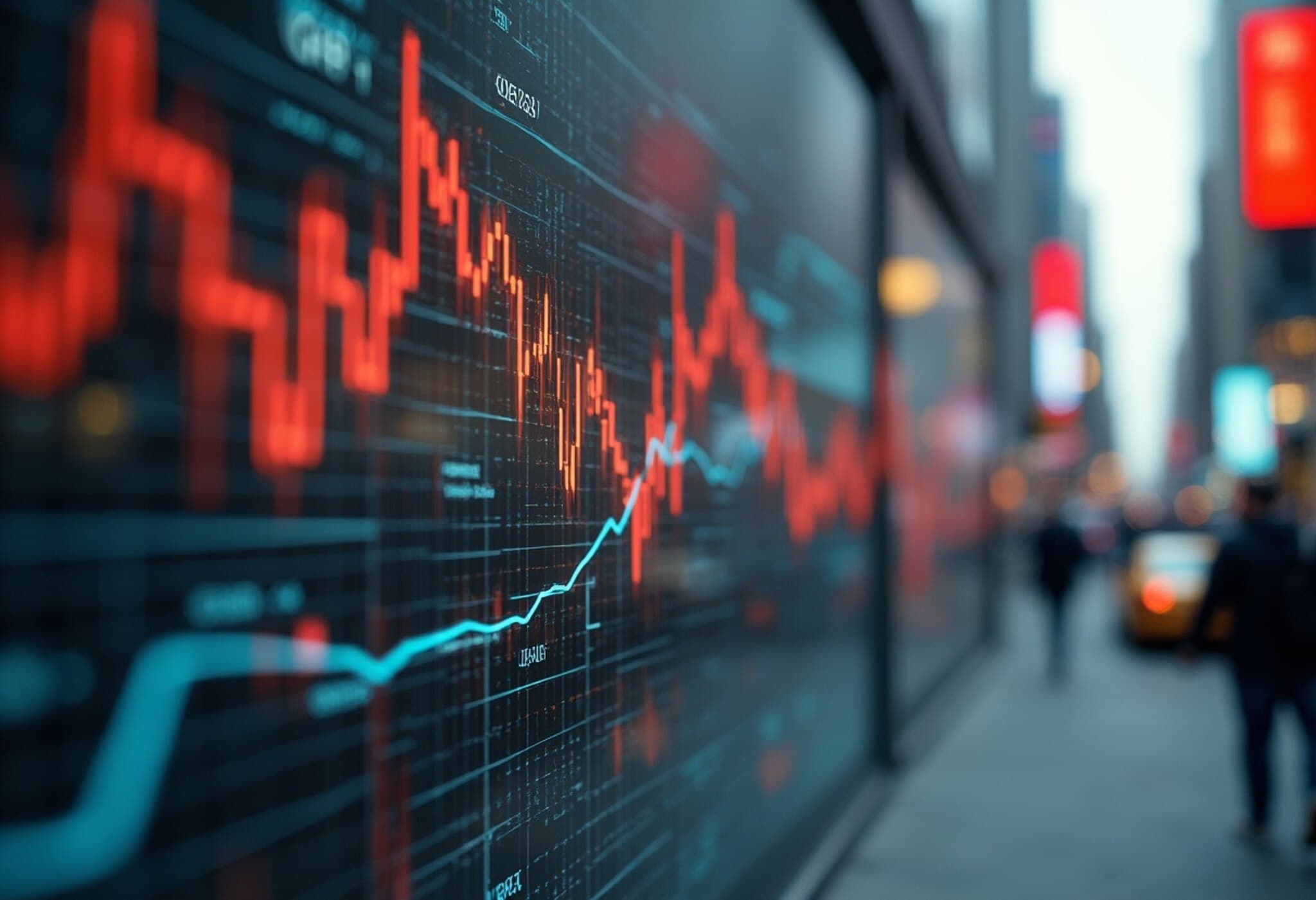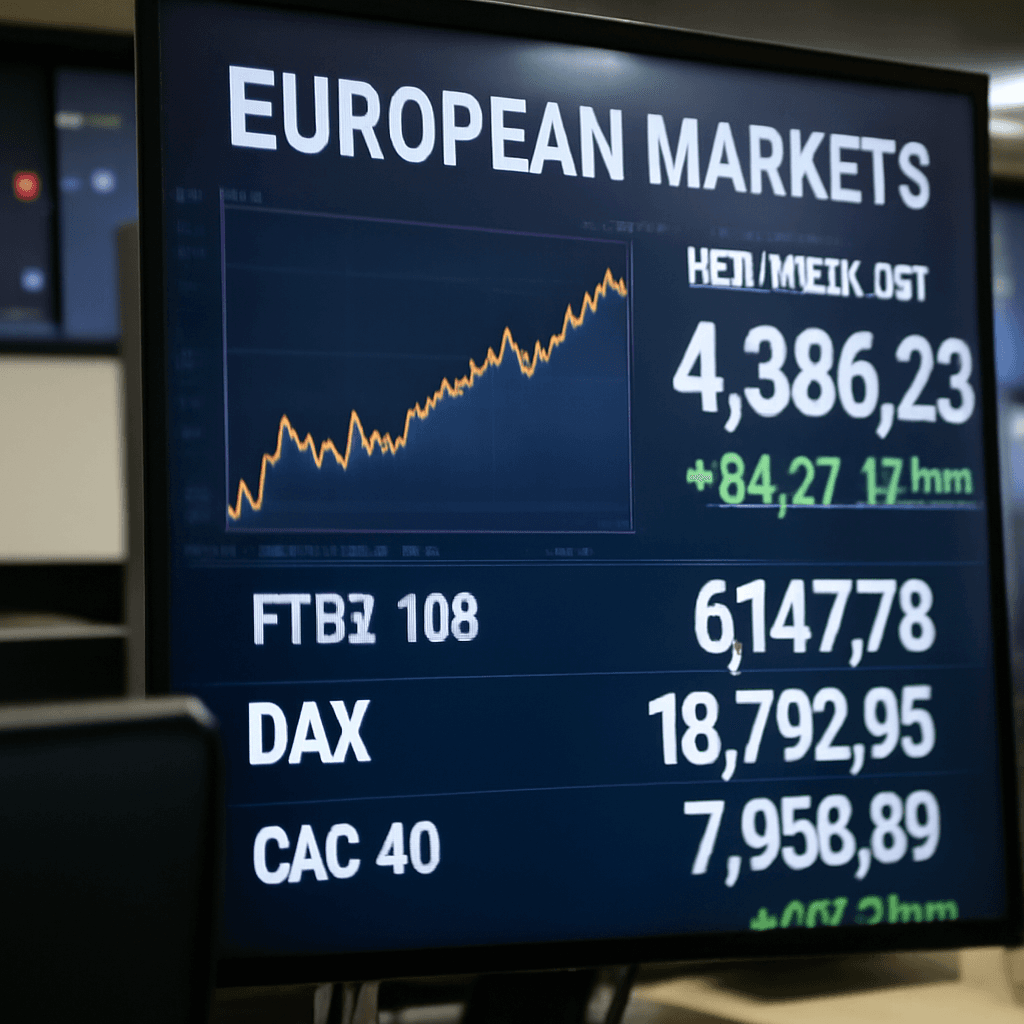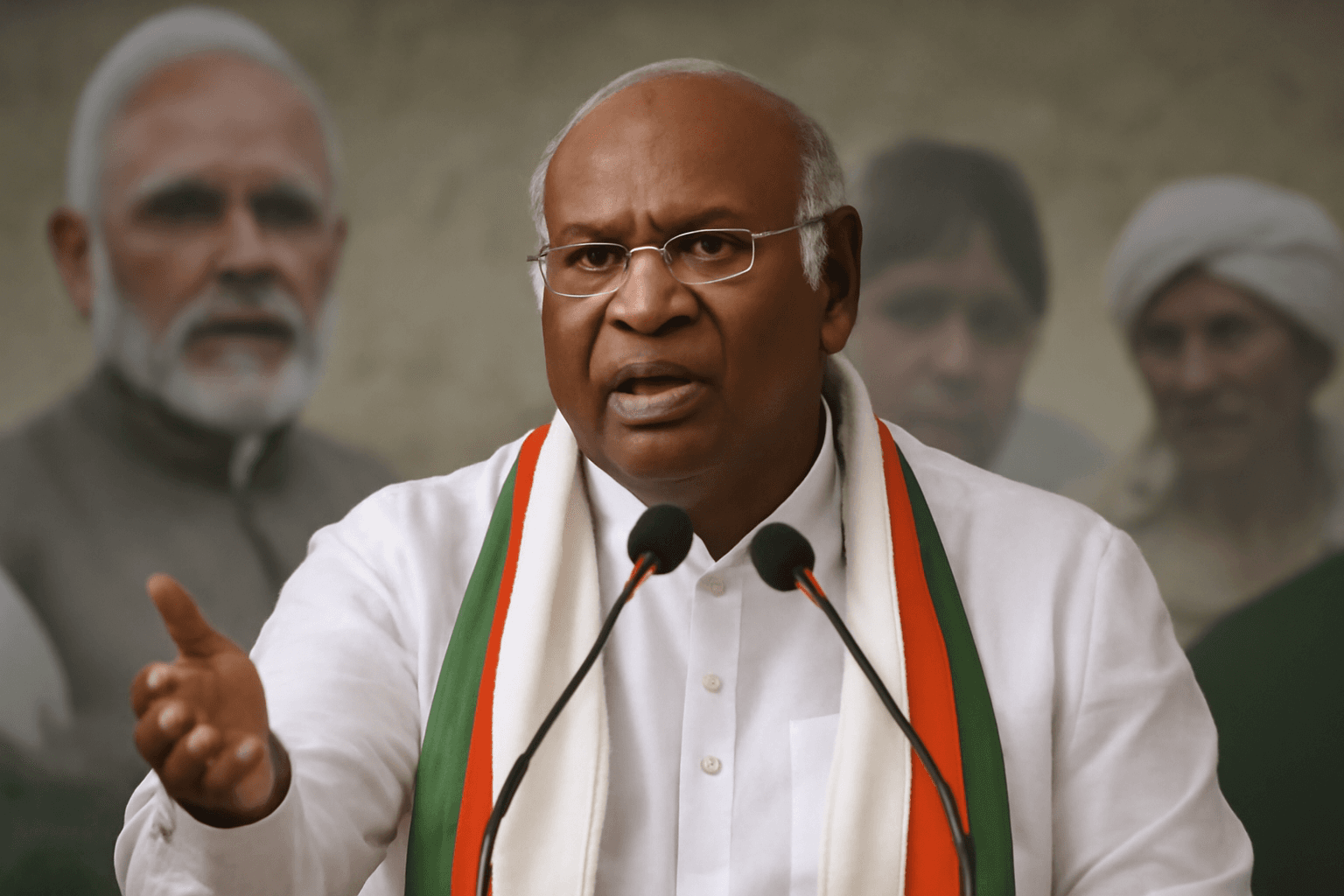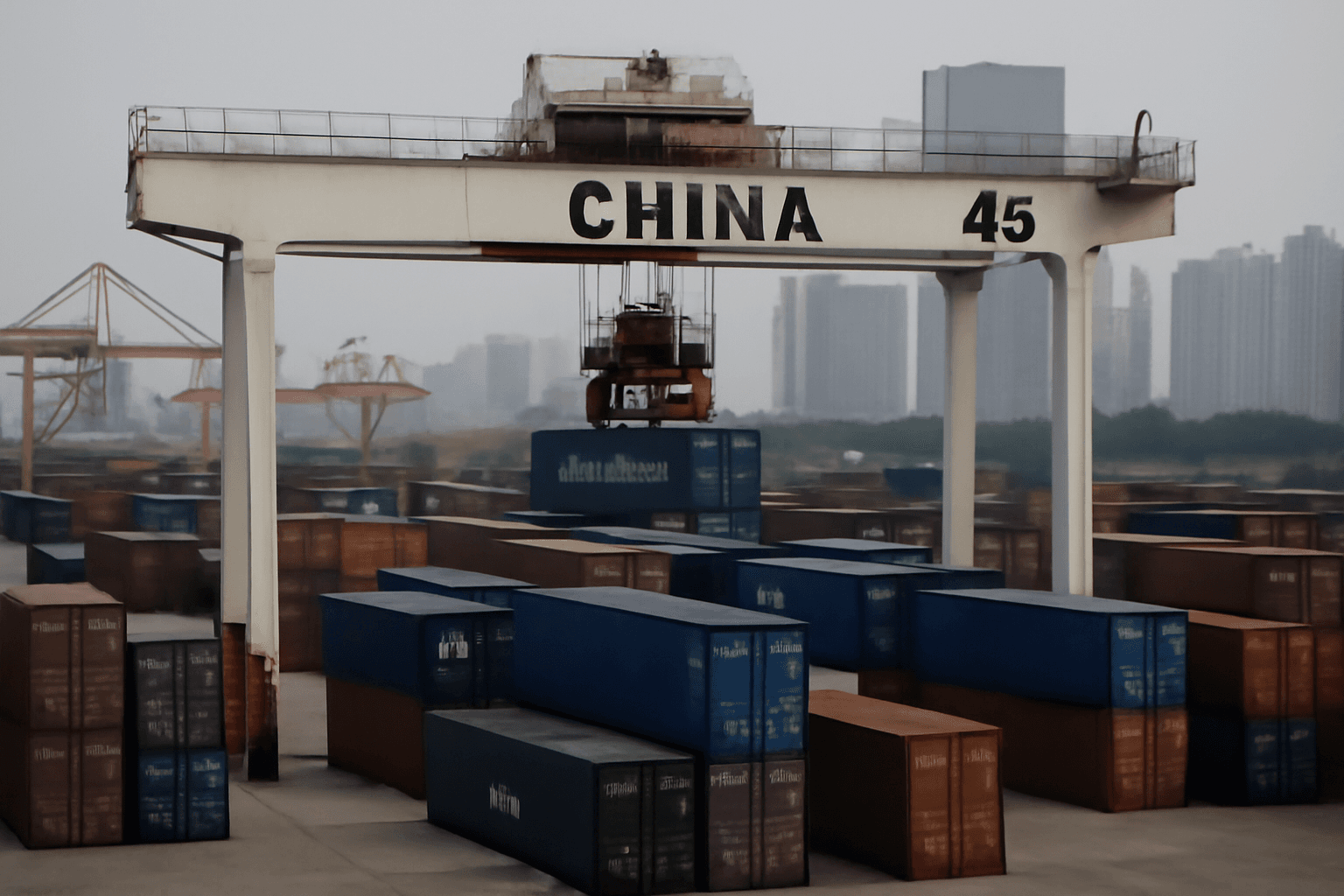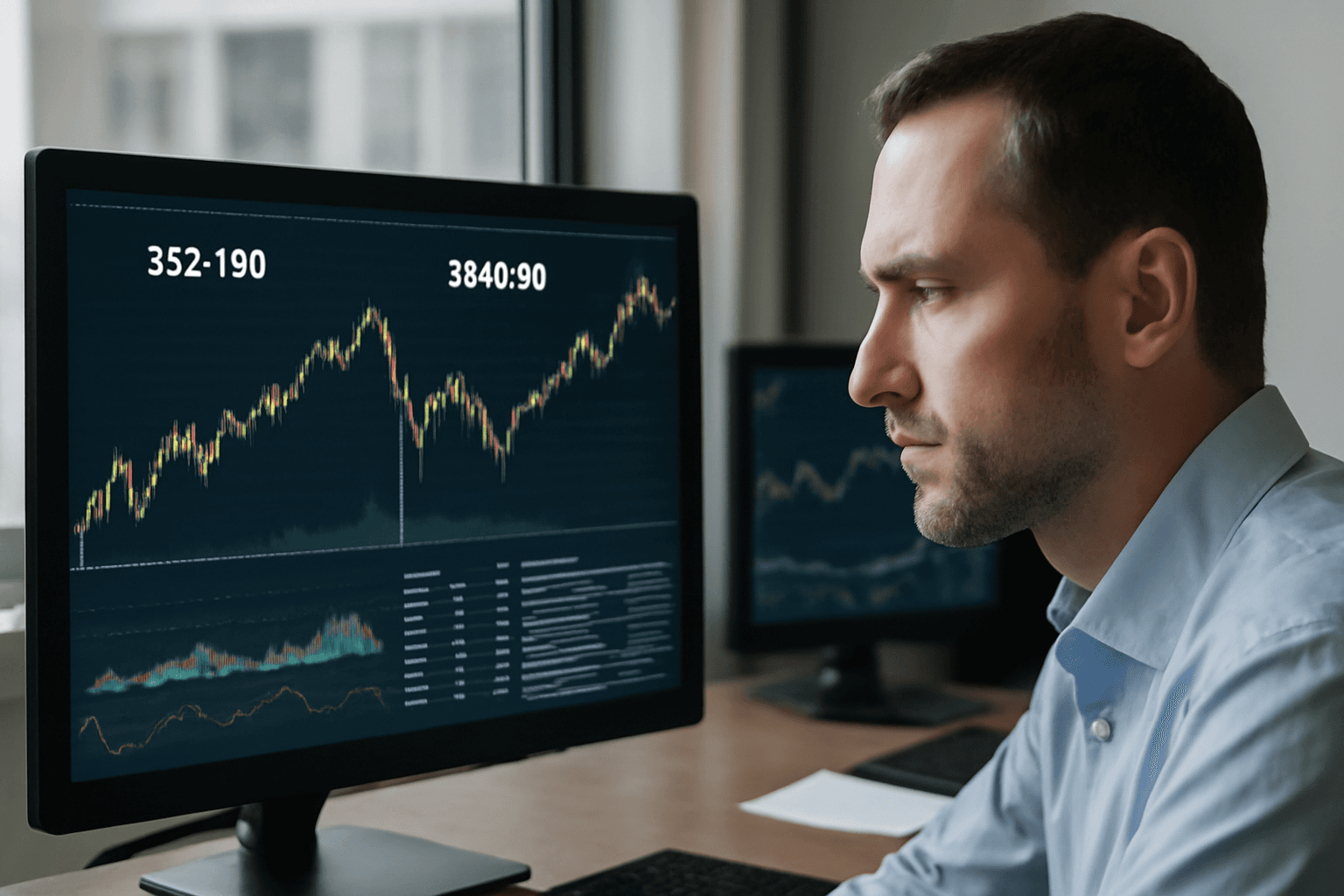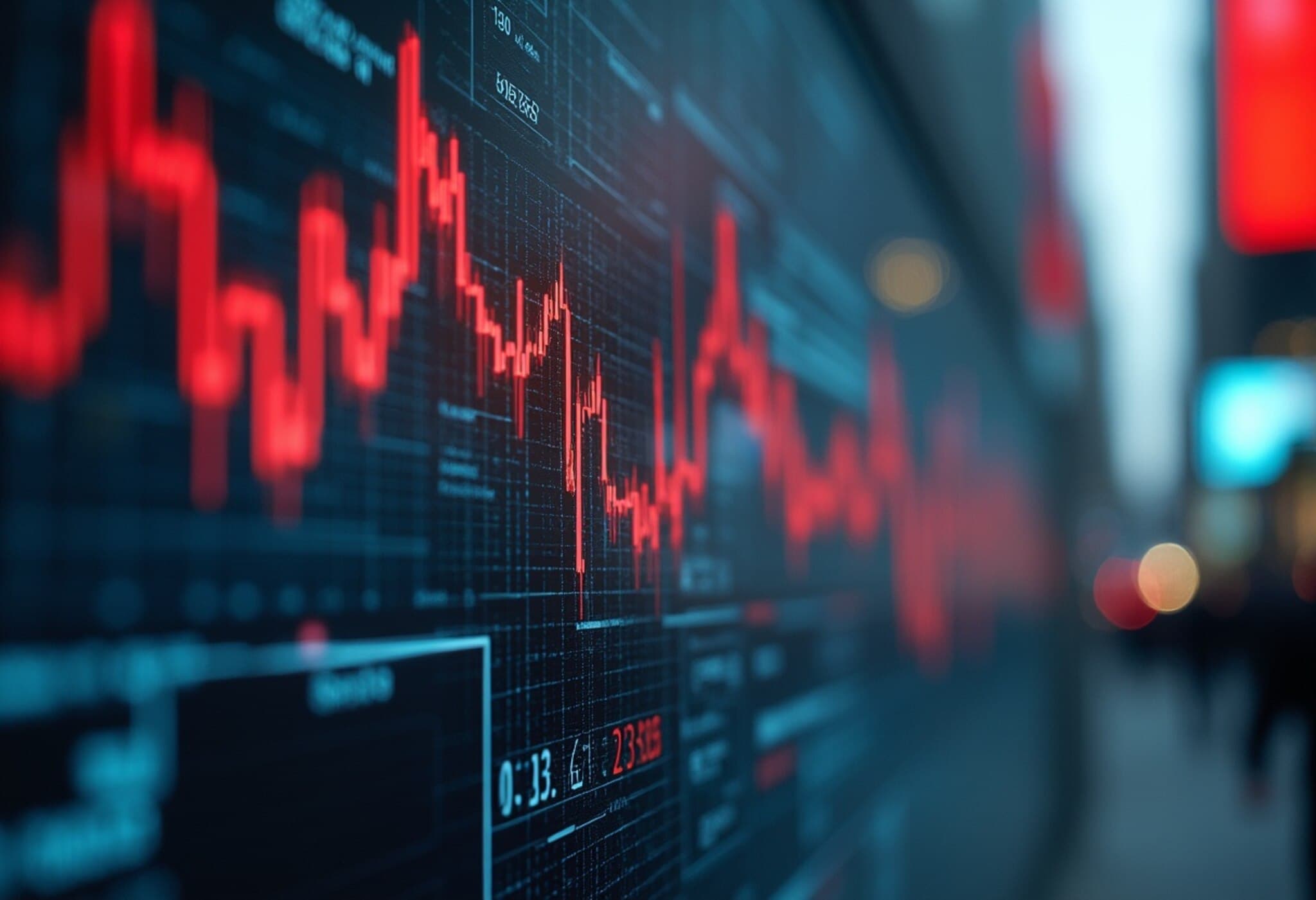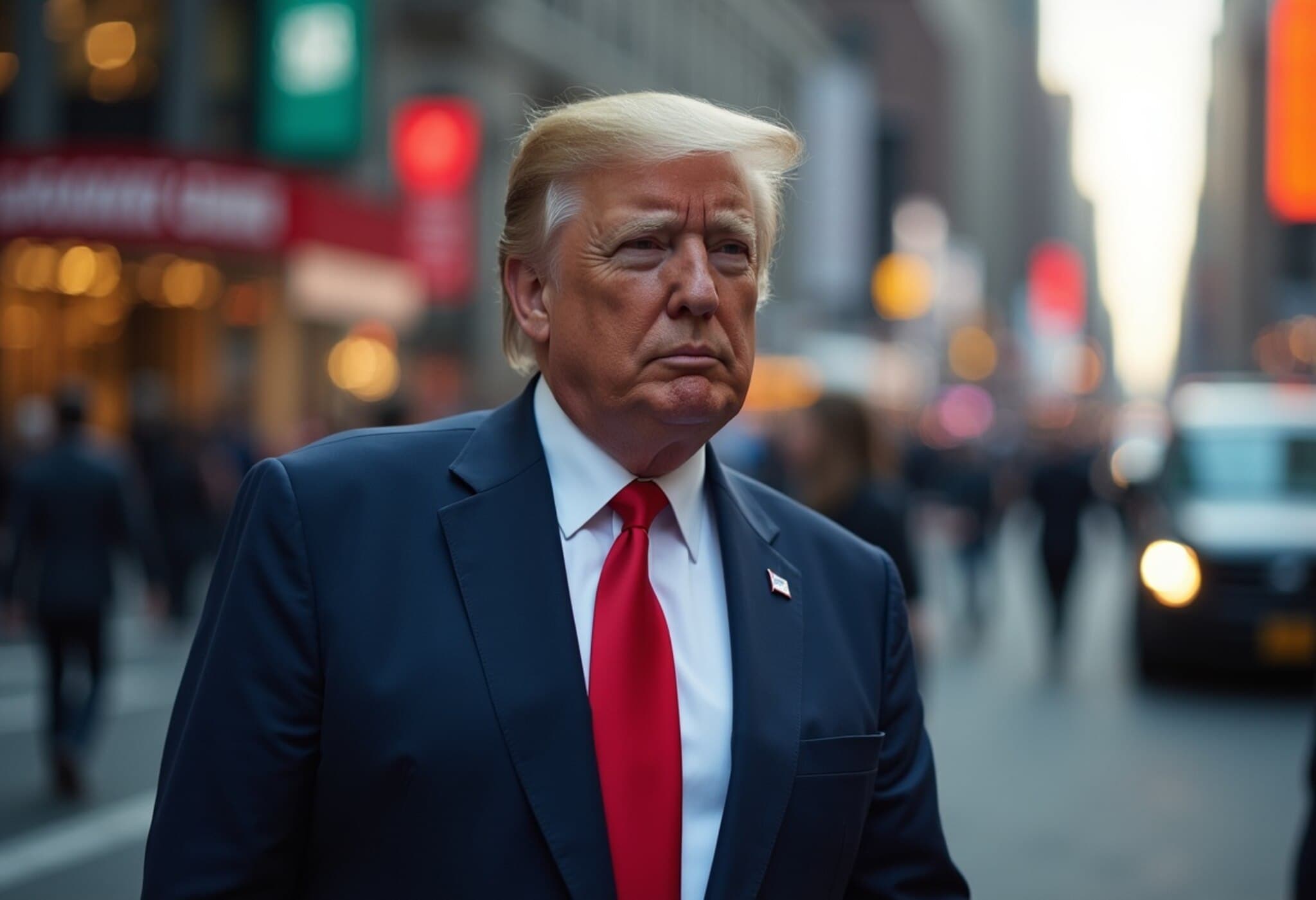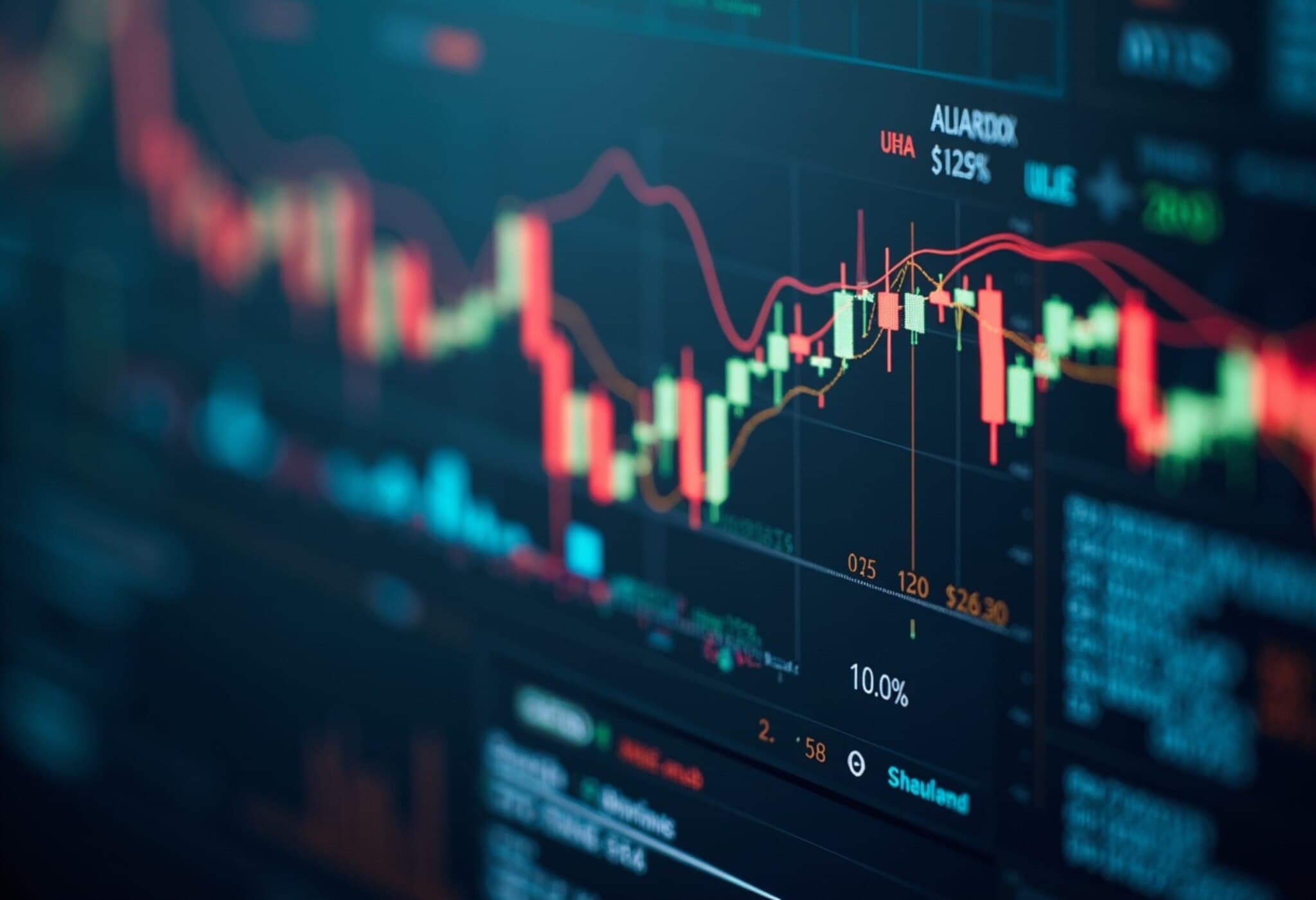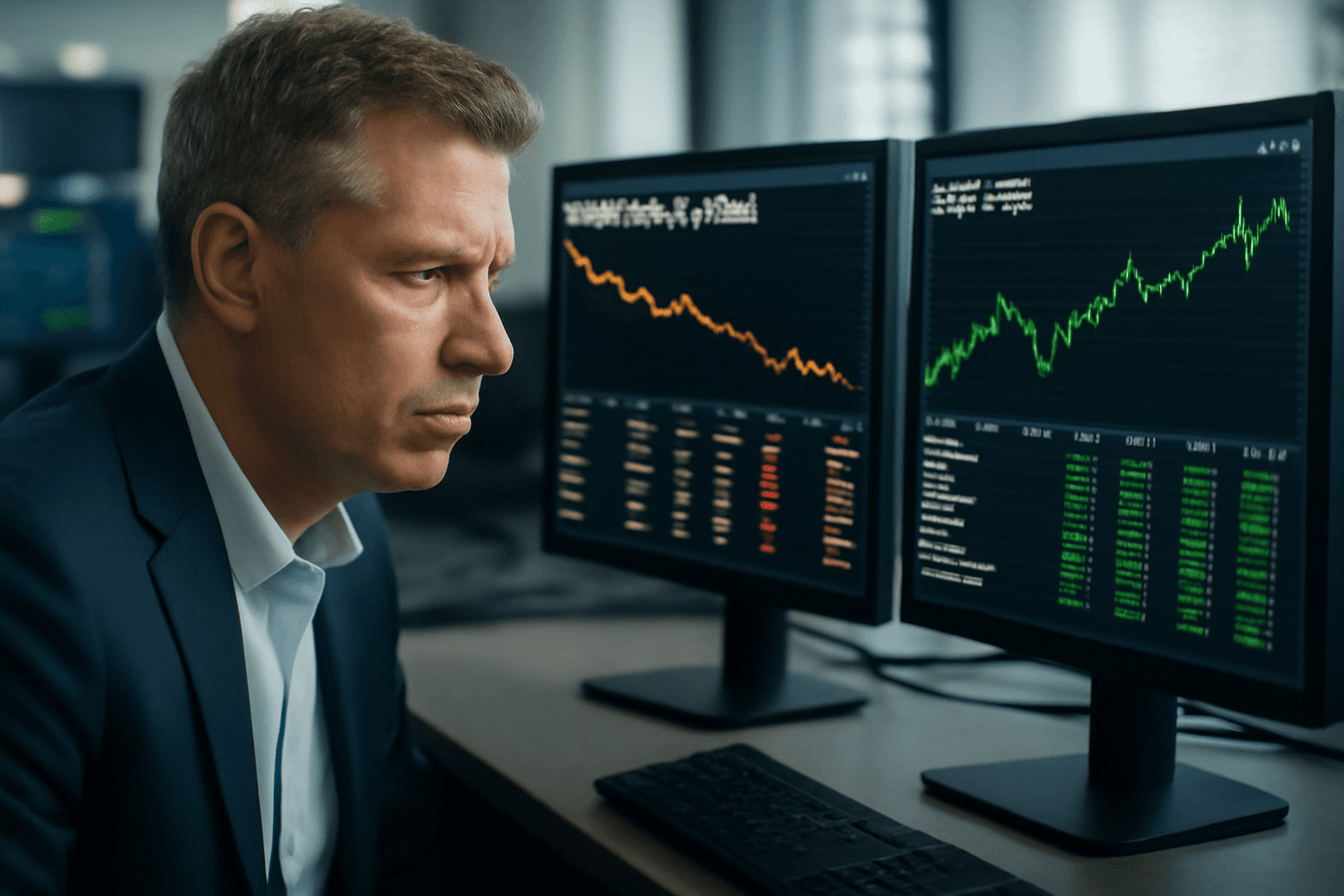US Economy Shows Resilience with Stronger-than-Expected Q2 Growth
In a compelling signal of economic vitality, the United States gross domestic product (GDP) expanded at an annualized rate of 3.3% in the second quarter, surpassing both the initial government estimate and Wall Street predictions. Updated figures from the Commerce Department confirm the economy’s robustness amid a complex global landscape, marking a promising continuation of growth ahead of potential Federal Reserve policy changes.
Consumer and Corporate Spending Drive Growth
One metric drawing attention is the "final sales to private domestic purchasers," which increased to 1.9% from the previously reported 1.2%. This key indicator, encompassing personal consumption and corporate investments, suggests that everyday Americans along with businesses are contributing significantly to economic momentum, despite ongoing uncertainties such as international trade tensions.
Wall Street Responds: S&P 500 Reaches Fresh Peak
Bolstered by solid economic data, the S&P 500 closed Thursday at a record high, climbing by 0.32%. Investors appear optimistic, anticipating that corporate earnings and consumer demand will continue to drive market performance even in historically volatile September months.
Tech Sector Spotlight: Nvidia and Concentration Risks
While the chipmaker Nvidia beat earnings expectations, its shares dipped slightly by 0.3%. A noteworthy detail in its earnings report reveals that just two customers accounted for an astonishing 39% of Nvidia's Q2 revenue, underlining potential risks related to revenue concentration. This dynamic raises important questions about the company's dependence on a limited client base and the implications for future stability, especially as the tech sector remains a key driver of market gains.
Automotive Sector Reveals Uneven Outlook
Meanwhile, Tesla’s July sales in Europe experienced a steep 40% year-over-year drop, highlighting challenges in the electric vehicle market amid regional demand fluctuations. Contrastingly, Chinese EV manufacturer BYD reported a remarkable 225% surge in the same period, signaling shifting competitive landscapes and consumer preferences in global auto markets.
Renewable Energy Turbulence: Orsted's Plunge Sparks Debate
In the renewable energy sector, Danish giant Orsted saw its shares decline by 40% during August due to funding complications and project delays. While this represents a significant setback for one of the largest offshore wind farm developers worldwide, some analysts view the dip as a potential buying opportunity, suggesting long-term growth prospects remain intact amid the global transition to greener energy.
Global Geopolitics: India’s Strategic Balancing Act
Beyond economic data, geopolitical dynamics remain complex, especially for India. The country finds itself navigating a delicate balance: the United States is both its largest trading partner and a source of tariff pressures; Russia supplies critical energy at reduced prices, albeit with political strings attached; and China stands as a formidable neighboring competitor while still engaging in diplomatic overtures ahead of the Shanghai Cooperation Organization summit.
India’s situation exemplifies the geopolitical tightrope many emerging economies walk today, caught between competing global powers and regional interests. These tensions not only affect diplomatic relationships but also influence trade flows, energy security, and broader economic strategies.
Looking Ahead: Navigating Uncertainty in Markets and Policy
- September Outlook: Historically a turbulent month for equities, September’s performance this year may defy norms due to strong economic data and a potentially dovish Federal Reserve.
- Market Risks: Investor vigilance is required concerning concentrated corporate revenues and geopolitical uncertainties that could disrupt supply chains and trade.
- Opportunities: Market dips in sectors like renewable energy may offer strategic entry points for long-term investors.
Expert Insight
As markets grapple with overlapping economic, corporate, and geopolitical forces, stakeholders must interpret headline figures alongside underlying risks. The notable GDP growth contrasts with sector-specific challenges, such as Nvidia's client concentration and Tesla’s European sales drop. Meanwhile, India’s choreography on the world stage reflects broader shifts in global power—and economic dependencies—that could reshape trade and investment flows in the coming years.
Editor’s Note
This week’s developments underscore the nuanced reality beneath headline market highs. While the US economy strides ahead, cracks in specific industries and geopolitical intricacies reveal that investors and policymakers alike must balance optimism with cautious strategy. How will the Federal Reserve’s upcoming decisions influence this delicate equilibrium? Can companies like Nvidia diversify their customer base to mitigate risk? And how might India’s evolving partnerships alter global economic alignments? These are critical questions shaping the months ahead.

